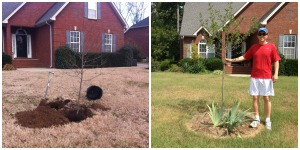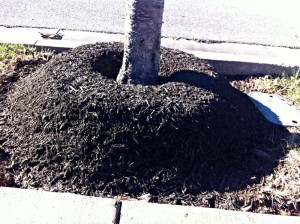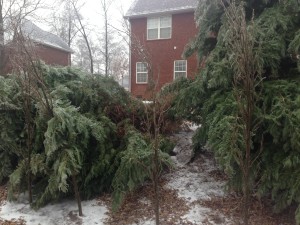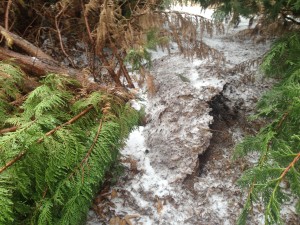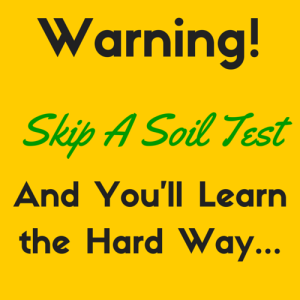It can be a lot of heavy, sweaty work.
You see it everywhere, around trees and shrubs, at the park, at nice homes.
Even at the gas station, mulch is used at the base of plants.
Is mulch just decorative or is it necessary for healthy, growing plants?
Why Mulch Matters
- Moisture
Mulch locks in moisture. Available water is critical for survival during the first two years after transplant (installation). Heck, maybe five years. Mulch saves water. When drought strikes, keep the area UNDER the mulch wet.
- Weed Control
The surface of the mulch will stay dry, so weeds will germinate poorly. The mulch (and soil) underneath stays moist, so the plant stays happy and healthy. When weeds do grow on mulch, they are easier to pull or hoe, because the mulch is soft and looser than soil.
Mulch also keeps grass from growing at the base of trees and shrubs. This allows the plant to capture all of the available water and nutrients.
- No Soil Compaction
Compacted soil doesn’t grow roots. It’s too dense for roots to push through. Mulch prevents compaction from lawn mower tires because it’s grass free. There’s no need to travel on top of it, so the soil stays loose and ideal for root growth.
- Organic Matter Creation
Why is organic matter good? It’s the natural fertilizer from the soil food web. If you’re not fertilizing with inorganic fertilizer, your plants get all their nourishment from the organic layer of soil. It’s a very thin layer at the soil line.
Mulch can thicken the organic matter layer and it keeps it moist, so the organic matter is ALIVE!
My Mulch Recommendations
- Pine Straw
It’s easy to spread, lightweight, inexpensive, lasts several years. This works great on acid loving plants like blueberries and azaleas.
- Pine Tree Bark
It turns to organic matter slowly, thus building your soil. It dries quickly, so it can be an effective weed barrier.
- Choose conifer bark mulch over hardwood tree mulch
Conifer (pine, douglas fir) bark mulch doesn’t rot as quickly as hardwood mulch. Hardwood mulch is more likely to harbor termites.
Mulch Best Practices
- Turn the mulch annually with a rake or hoe.
By turning the mulch pile and raking it around, you’re opening the mold to fresh air and the pile will compost normally.
How Much Mulch do I Need?
I don’t like it over 4 inches thick. Leave the stem exposed to the root flair. Rodents and disease can strike if the stem is buried. The outer layer of plant stems is soft and tender immediately under the bark. It’s the cambium layer. The cambium is where all the water and nutrients flow up and down the stems. If a rabbit or rat chews the cambium all the way around the tree stem above is dead. I mean a stick. You hear me?
So don’t make a mulch volcano. Horticulturists will make fun of you. And you don’t need to buy so much mulch. A win-win. Well, almost. I like the wider the better.
Mulch is Optional, but Highly Recommended
There’s no reason not to use mulch for new transplants. They need that help because the roots are growing from a container rootball. Meaning 100% of the roots supplying life are right underneath the tree trunk or shrub stems. Mulch helps keep that area moist.
Agree or disagree? Let me know on the Facebook Page!
